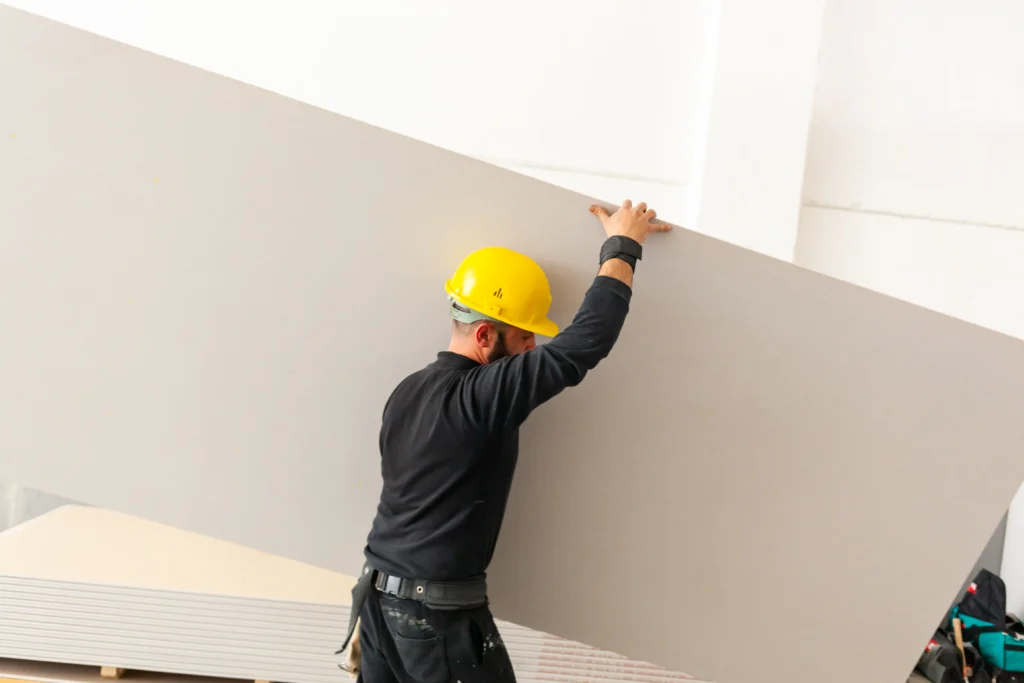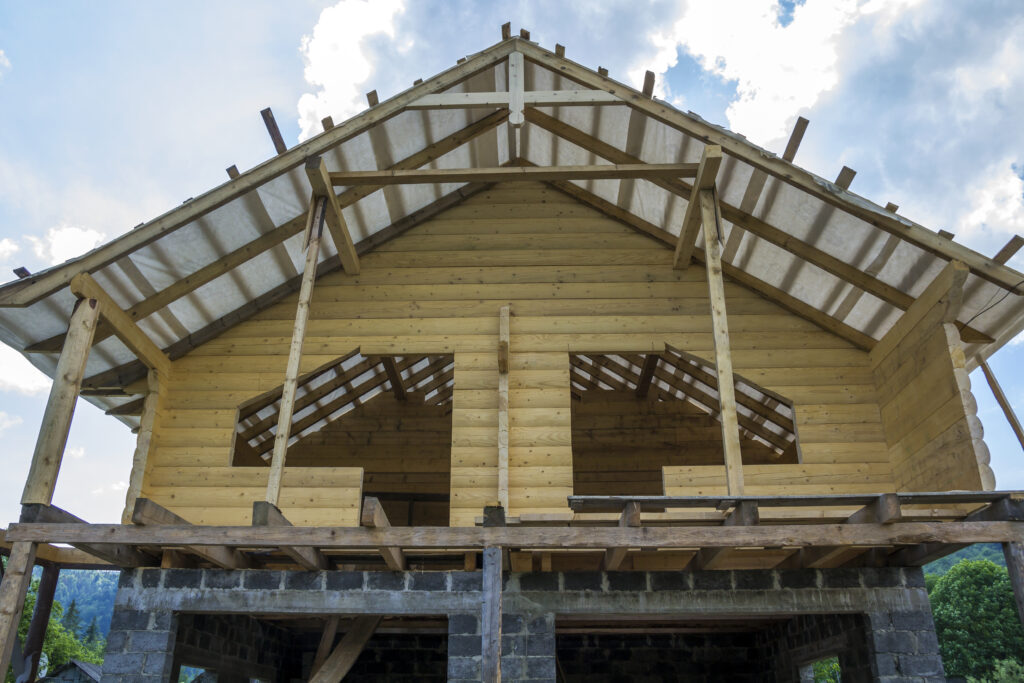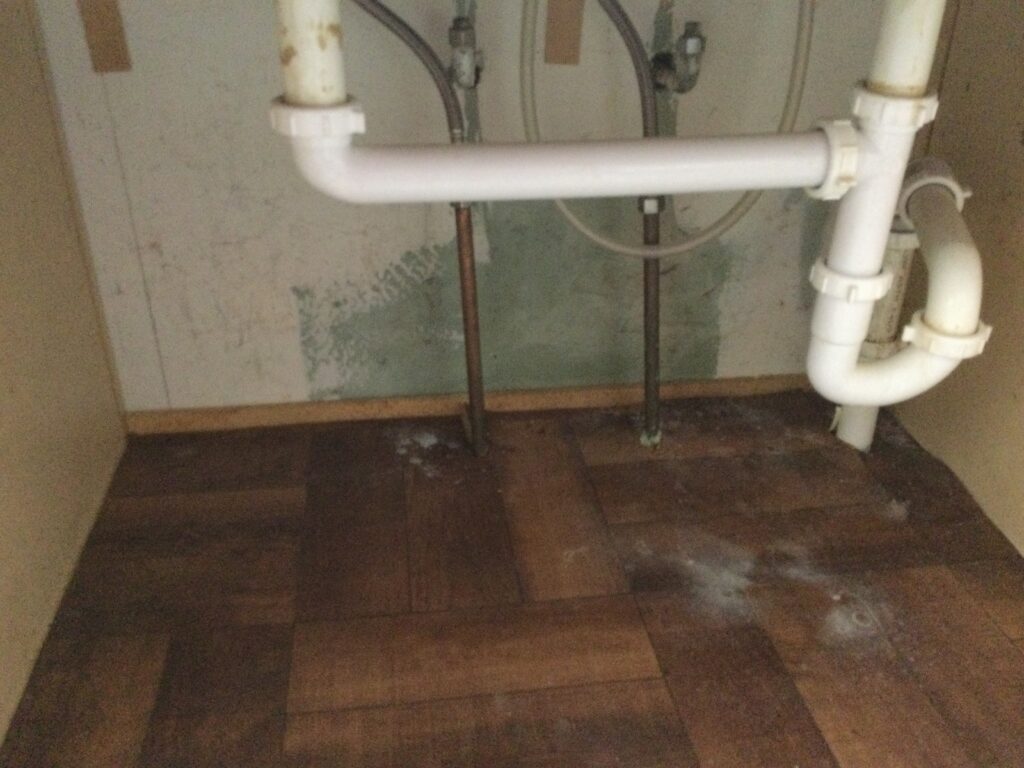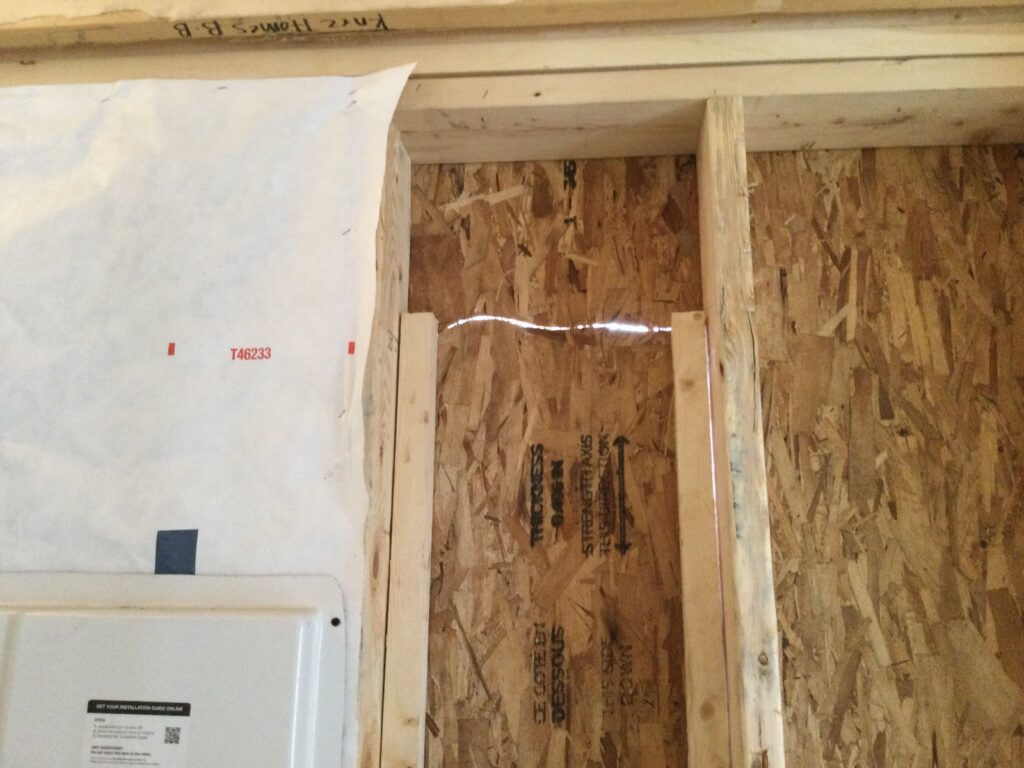Building a new home involves multiple phases, each with critical inspection points to ensure construction quality and compliance with local building codes. While pre-drywall inspections are common, many homeowners and buyers overlook the importance of an inspection after drywall installation but before final finishes are completed. Lets go over is home inspection after drywall worth it.
A home inspection after drywall, also known as a pre-closing or pre-final walkthrough inspection, provides a last opportunity to catch structural, electrical, plumbing, and HVAC issues before they become hidden behind paint, flooring, and fixtures. Addressing problems at this stage can prevent costly repairs later and ensure the home meets expected quality standards.
Understanding why this inspection matters and what it covers can help homeowners make informed decisions before proceeding with the final steps of construction.

What Is a Home Inspection After Drywall?
A post-drywall home inspection occurs after the drywall is installed but before finishing touches like painting, cabinetry, and flooring are completed. At this stage, most major systems—including plumbing, electrical wiring, and HVAC ductwork—are already in place. The inspection ensures that these elements were installed correctly and that no damage occurred during drywall installation.
This phase of inspection is particularly important because it provides a clear view of the interior condition of the home without obstructions. While a pre-drywall inspection allows inspectors to evaluate framing and rough-in systems, a post-drywall inspection focuses on how well these elements have been enclosed and whether new issues have emerged since the previous phase.

Why a Post-Drywall Inspection Is Necessary
Skipping a post-drywall inspection can leave homeowners vulnerable to hidden problems that may not become apparent until after moving in. Once the walls are painted and fixtures installed, correcting issues becomes far more difficult and expensive.
Ensuring Proper Installation of Electrical and Plumbing Systems
During drywall installation, electrical wiring, plumbing pipes, and HVAC ductwork may be accidentally damaged. Small punctures, incorrect placements, or improper sealing could lead to long-term functionality issues. An inspection helps confirm that:
- Electrical outlets and switches are properly positioned and functional.
- Plumbing pipes are intact and free of leaks.
- HVAC vents are correctly placed and unobstructed.
Identifying these issues at this stage allows builders to make necessary corrections before final finishes are applied.
Checking for Drywall Defects and Installation Errors
Poor drywall installation can lead to visible imperfections after painting and finishing. Inspectors check for common drywall issues such as:
- Uneven seams or misaligned panels.
- Bulging or sagging sections due to improper fastening.
- Gaps around electrical boxes, doors, and windows.
Correcting these problems before painting ensures a smoother, more professional finish. Once paint is applied, imperfections become harder to fix without additional labor costs.
Verifying Structural Integrity
Although the primary structural components of a home are checked before drywall is installed, a post-drywall inspection verifies that framing remains intact and that no new damage has occurred. Inspectors look for:
- Cracks or separations in drywall that may indicate movement in the framing.
- Bowed or warped walls that could affect the alignment of cabinets and fixtures.
- Signs of water infiltration that may indicate leaks from plumbing or exterior sources.
Addressing structural concerns before completing construction helps prevent long-term damage and ensures the home’s stability.

How a Post-Drywall Inspection Protects Homebuyers
For homebuyers purchasing a newly built home, a post-drywall inspection provides peace of mind by confirming that construction meets quality standards before closing. It is especially valuable for those buying from large-scale builders, where rapid construction timelines can sometimes lead to overlooked mistakes.
Confirming Code Compliance
Local building codes require specific spacing for electrical outlets, plumbing venting, and HVAC ductwork. An independent inspection ensures that the builder has followed these regulations. If violations are found, they can be corrected before the home is finalized.
Preventing Expensive Post-Move-In Repairs
Once a home is completed, addressing problems such as misaligned electrical outlets, poor drywall finishes, or hidden plumbing leaks requires cutting into walls and ceilings. A post-drywall inspection prevents these issues from being buried under final finishes, reducing the likelihood of expensive repairs later.
Providing Negotiation Leverage
If an inspection reveals significant issues, buyers can request repairs before closing or negotiate credits to cover the cost of corrections. This ensures that the home meets expectations and reduces future maintenance concerns.

Common Issues Found During a Post-Drywall Inspection
Several problems can arise between the pre-drywall and post-drywall phases. Some of the most frequently identified issues include:
- Drywall cracks and nail pops: Indicating framing movement or improper installation.
- Misplaced electrical outlets or switches: Causing inconvenience and potential rewiring needs.
- HVAC vent blockages: Leading to poor air circulation and efficiency.
- Plumbing leaks: Resulting in moisture damage behind walls.
- Gaps around windows and doors: Allowing air leaks and potential energy loss.
Catching these problems before closing ensures they are fixed at the builder’s expense rather than the homeowner’s.

Is a Post-Drywall Inspection Required?
In most cases, post-drywall inspections are not required by law but are highly recommended. Municipal building inspectors may review certain elements of the home at this stage, but their inspections are typically limited to code compliance rather than quality control.
Many builders encourage independent inspections because they help identify issues that can be corrected before final walkthroughs. However, some builders may resist external inspections, so buyers should check their contract agreements to ensure they have the right to hire a third-party inspector.
When to Schedule a Post-Drywall Inspection
Timing is critical for a post-drywall inspection. The best time to schedule the inspection is after the drywall has been installed and taped but before painting and flooring installation. At this stage, defects are still visible, and necessary repairs can be made without disrupting the final construction phase.
Communicating with the builder to determine the construction timeline helps ensure that the inspection takes place at the right moment. If a builder is resistant to allowing an inspection, buyers should push for transparency and insist on their right to verify the home’s condition before closing.

Conclusion
A home inspection after drywall installation is a crucial step in the homebuilding process that helps homeowners and buyers identify hidden problems before final finishes are applied. This inspection ensures that electrical, plumbing, and structural components are installed correctly and that drywall work meets high-quality standards.
For those purchasing a new home or overseeing construction, Icon Home Inspectors provides professional post-drywall inspections to catch potential issues before they become costly repairs. Investing in a thorough inspection at this stage offers peace of mind, protects financial investments, and ensures a smoother move-in experience.